24.02.2020, Learning Scoop
´Developing Steps to Freedom’ – Perceptions of the Finnish Education System 2/3
This blog is part of blog series ´Developing Steps to Freedom´- Perception of the Finnish Education System written by Janetta Hargreaves. The first article can be found here.
Nearest is best
The best school in Finland is your closest school which, even in rural areas, is usually walking distance from home. A commitment to equity of access and resources has meant that learning outcomes do not differ significantly between schools. The Australian phenomenon of ‘school shopping’, with some schools being seen as more successful or prestigious, impacting enrolment patterns, teacher morale, community confidence and even house prices, is unknown in Finland.
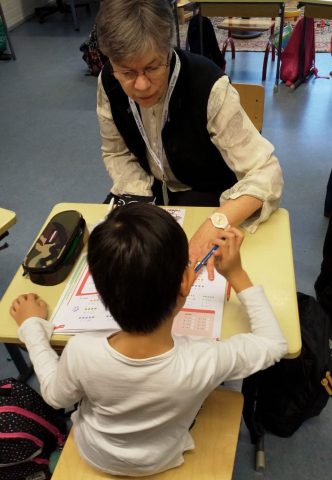 There are no gender based schools and less than a dozen private schools in the country, all of which adhere to the national curriculum and receive government funding. All instruction, resources and a daily hot meal are free of charge in the Comprehensive years. School transport is provided if the student resides more than five kilometres from school.
There are no gender based schools and less than a dozen private schools in the country, all of which adhere to the national curriculum and receive government funding. All instruction, resources and a daily hot meal are free of charge in the Comprehensive years. School transport is provided if the student resides more than five kilometres from school.
Teachers transfer rates are low. The vast majority of teachers are happy in their work and happy to remain in the schools where they were first appointed. The attrition rate of teachers in Finland is low also. A 2013 study indicated that about 90% of Finnish teachers remain in the profession for the duration of their careers; in 2016 researchers in Australia estimated our attrition rate in the first 5 years of teaching to be between 30% and 50%.
Trust and responsibility
These concepts are the foundation stones of Finnish education. The profession of teaching is highly respected in Finland, and entry into teacher education courses at university is rigorous and competitive. Only 20% of applicants are accepted into courses which require, not only the suitable matriculation result from senior schooling, but also specific entrance tests. All teachers obtain a research master’s degree prior to commencing their career.
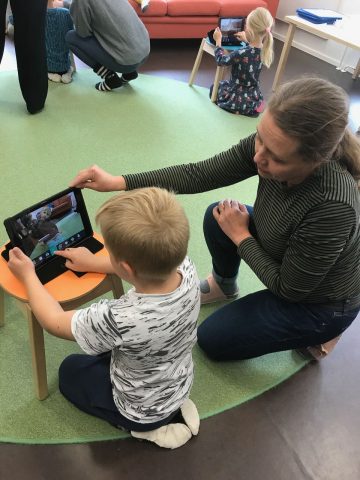 Once in the classroom, teachers follow the national core curriculum, augmented by local municipal elements, but pedagogical decisions around implementation are the teacher’s own, in collaboration with teaching teams. As mentioned earlier, inspections of classrooms or teacher planning, either at a systemic or school level, do not occur.
Once in the classroom, teachers follow the national core curriculum, augmented by local municipal elements, but pedagogical decisions around implementation are the teacher’s own, in collaboration with teaching teams. As mentioned earlier, inspections of classrooms or teacher planning, either at a systemic or school level, do not occur.
Here, in particular, was where our current Australian and, to a lesser extent, New Zealand approach collided with the bemused reaction of one principal as he answered a question in relation to this issue. He knows through the leadership skills of observation and listening to students, parents and other staff what is being effectively taught in
the classrooms of his school. He trusts his teachers, in dialogue with their teaching teams, to adjust their pedagogies and assessment to the needs and interests of the students. In the same way, educational authorities trust principals to make autonomous, contextual, evidence-based decisions. The successes of Finnish education arise from professional responsibility rather than complex systems of accountability.
Trust extends to trusting the lived experience in teacher decision-making, also. Classroom practices were in many cases clearly consistent with the findings of respected international researchers, and teachers and principals could cite these studies, but the impression our group gained was that knowledge of individual students, honed practice, capability and common sense guide teachers’ pedagogical decisions. These decisions are generally trusted by administrators, the system and by parents. In cases where students are identified as requiring additional support, it is these pedagogical decisions that guide the placement and program. Research is employed to validate rather than dictate.
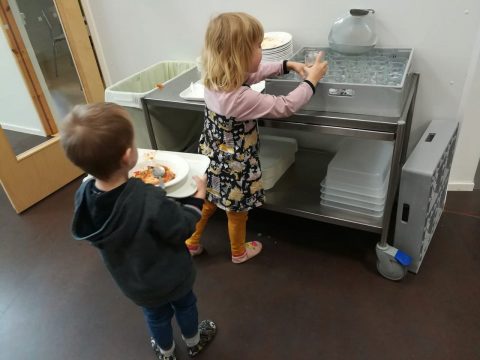 I reflect on our adoption of many systems of thinking, programs and procedures over recent years in Queensland education, of my experience of seeing talented teachers attempting to fit themselves within these parameters and second guessing their own skills and knowledge. I reflect on how this has contributed to increased stress levels in teachers, as they act at times against their own well-informed judgements. How do we regain the balance, that would see educators use research to inform, rather than prescribe, practices grounded in their own deep knowledge of individual students and in the context of their own distinct school communities?
I reflect on our adoption of many systems of thinking, programs and procedures over recent years in Queensland education, of my experience of seeing talented teachers attempting to fit themselves within these parameters and second guessing their own skills and knowledge. I reflect on how this has contributed to increased stress levels in teachers, as they act at times against their own well-informed judgements. How do we regain the balance, that would see educators use research to inform, rather than prescribe, practices grounded in their own deep knowledge of individual students and in the context of their own distinct school communities?
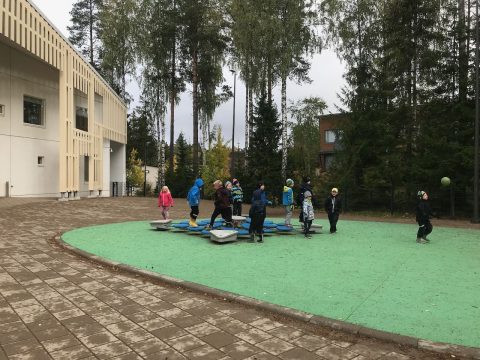 Trust and responsibility guide teachers’ interactions with students also. As previously mentioned, children, even as young as the toddlers we observed feeding themselves in highchairs in the cafeteria at Kalkunvuori ECEC, are granted more independence, responsibility, space to risk failure and to learn than has become the norm in our schools.
Trust and responsibility guide teachers’ interactions with students also. As previously mentioned, children, even as young as the toddlers we observed feeding themselves in highchairs in the cafeteria at Kalkunvuori ECEC, are granted more independence, responsibility, space to risk failure and to learn than has become the norm in our schools.
It appeared that Finnish children are subject to less supervision, correction and hothousing than many other young people in similar societies.
While the latest iteration of the Finnish national curriculum shares similar features with those in other countries, with an increased emphasis on notions of transversal competencies, digital and phenomenon-based learning, what it has not discarded (as might be argued in relation to the Australian curriculum) is objectives that focus on promotion of equity, lifelong learning and a student’s growth towards ‘humanity and global citizenship’ (Tommi Roininen, Hakkari Junior School, Lempäälä).
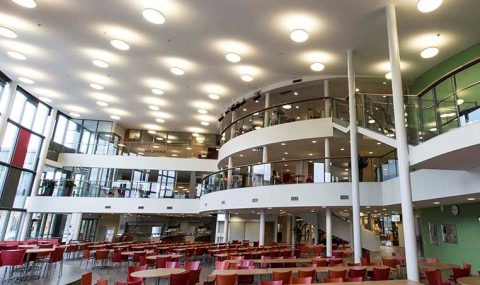 This ongoing project of Finnish education was endorsed by one of the students who addressed us at Ylöjärvi Upper Secondary School, whose motto is ‘Trust – Courage – Action – Learning – Finding one’s own path’. Tuomo (a pseudonym) is a student in their Entrepreneurial Education stream. He reflected that his schooling experience had been one of gradual admission into the adult world where trust is granted with attendant responsibility, an experience, he said, of ‘developing steps to freedom’.
This ongoing project of Finnish education was endorsed by one of the students who addressed us at Ylöjärvi Upper Secondary School, whose motto is ‘Trust – Courage – Action – Learning – Finding one’s own path’. Tuomo (a pseudonym) is a student in their Entrepreneurial Education stream. He reflected that his schooling experience had been one of gradual admission into the adult world where trust is granted with attendant responsibility, an experience, he said, of ‘developing steps to freedom’.
Tuomo’s statement seemed the perfect summary of an education system for a nation of engaged citizens, who do not take their opportunities, indeed their very existence, for granted; a nation that can be generous and compassionate to others, because all contribute to and all share in the social capital that they have fought so hard to acquire.
3rd part of the article coming up…
Janetta Hargreaves
This article was originally published at the Adolescent Success Journal Volume 19 – Number 2 – December 2019, Australian Journal of Middle Years of Schooling. Supported by the New Zealand Association of Intermediate and Middle Schooling. Thank you for collaboration Adolescent Success!
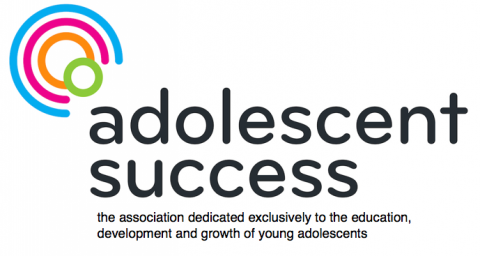
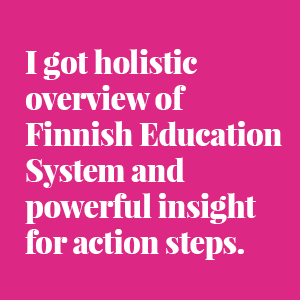

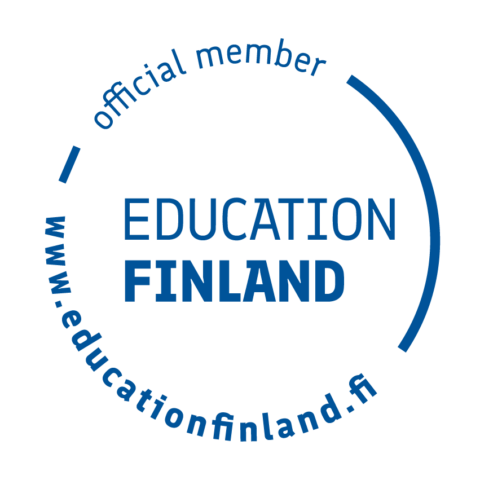
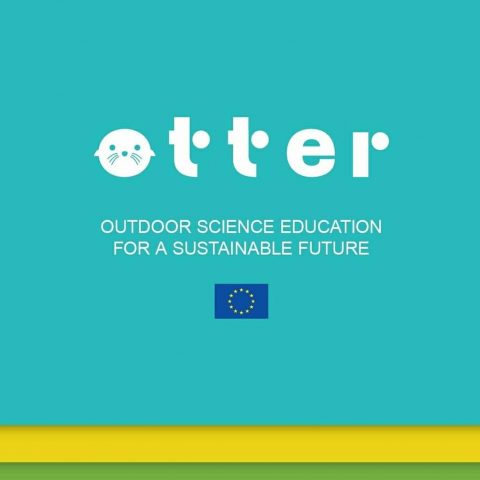




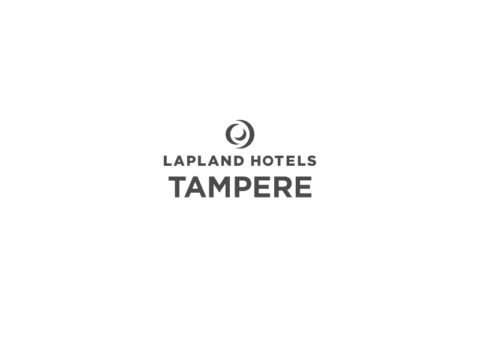
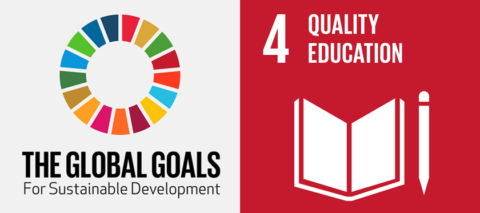

Follow us: